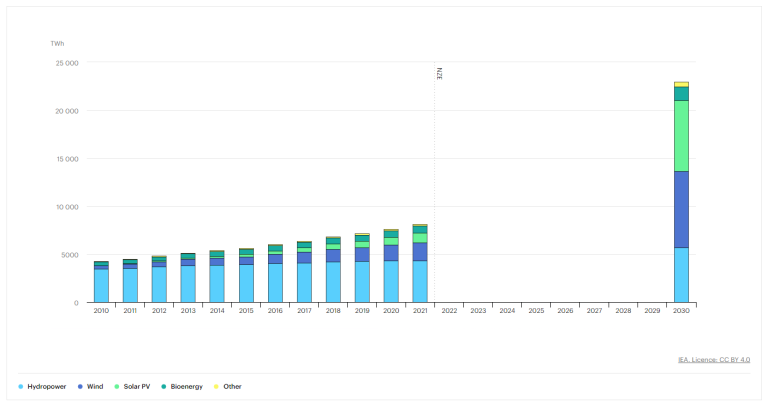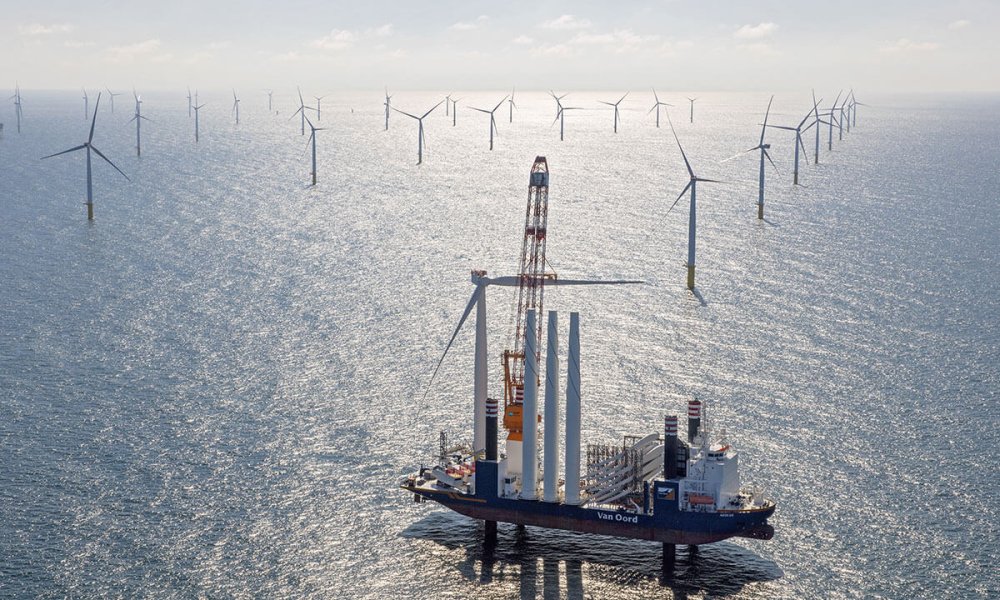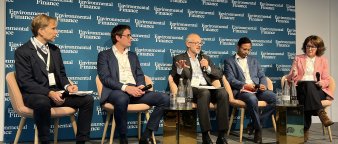The world remains behind on implementation of global and national energy transition goals, in which wind power can play a significant role. Faster installation of wind-based energy is a key element in securing a sustainable future for all — but more investment is needed.
The science-based goals set out in the Paris Agreements, of limiting average global warming to a maximum of 1.5°C, are by now well known. This March, the IPCC presented the AR6 Synthesis Report: Climate Change 2023, which outlined that emissions need to be reduced by at least 43 percent by 2030 compared to 2019 levels, and at least 60 percent by 2035 to ensure the 1.5°C limit.
This is the decisive decade to make it happen.
The political commitment to achieve net zero by 2050 is as strong as ever. However, while the US Inflation Reduction Act, the EU's Green Deal and China's Five-year Plan all demonstrate political willingness supporting the net zero pathway, a big gap remains in net zero implementation. In addition to substantial amounts of investment into renewables, acceleration of the permit-granting process is crucial in turning ambitious plans to reality.
The path to net zero by 2050 hinges on an unprecedented scale-up of renewable energy capacity, in addition to major improvements in energy efficiency, the International Energy Association (IEA) notes in its report, "Net Zero by 2050: A Roadmap for the Global Energy Sector". Deployment needs to accelerate urgently as the window of opportunity is rapidly closing.
Wind power central to net-zero transition
While the energy sector is at the heart of the climate challenge it also holds the key to the solution.
According to the IEA's assumptions, electricity will by 2050 account for nearly 50 percent of total energy consumption and will play a key role across sectors. Aiming for more than 60 percent of total electricity generation to come from renewables by 2030, the IEA estimates that renewable energy capacity will need to be tripled within the next seven years - and must grow eightfold by 2050. Most of this growth is to come from installation of wind and solar PV power generation capacity [1].
This sets the stage for a fast-paced net-zero transition within the energy sector. Here, growth in wind power will play a significant role.
Globally, over 77 GW of new wind power capacity went online in 2022, according to the Global Wind Energy Council (GWEC) Global Wind Report 2023 [2], bringing the global installed wind power capacity to 906 GW. To achieve the goals set forth in the Paris Agreement, annual capacity additions in wind power need to reach 390 GW by 2030, translating into a fourfold annual capacity increase from last years. Annual capacity additions in offshore wind alone will need to reach 80 GW. To put it in perspective, total global offshore wind capacity is currently at 64.3 GW [2].

Tailwinds abating, commitments increasing
While the path to net zero undoubtedly requires vast amounts of investments, state level conditions have resulted in a large amount of renewable energy capacity tied up in permitting queues, which hinders momentum and limits the pace of deployment. Just a year ago, data from GlobalData revealed that the EU has four times more wind capacity in the permitting stage, than the capacity under construction [3]. The situation in the US is similar.
Fortunately, several authorities are beginning to recognise that the permitting process is an obstacle and are working to accelerate the permit-granting process. By taking this path, policy makers have an enormous opportunity to bring the world closer to net zero.
At the end of 2022, nine new countries, including Belgium, Colombia, Germany, Ireland, Japan, the Netherlands, Norway, the UK and the US joined the Global Offshore Wind Alliance (GOWA), pledging to increase the pace of offshore wind installation, in order to meet climate and energy security goals. This sets the stage for continued growth in investment in wind power infrastructure over the next few years.
References:
[1] International Energy Association (IEA), Wind power generation in the Net Zero Scenario, 2010–2030
[2] Global Wind Energy Council (GWEC), Global Wind Report 2023
[3] Energy Monitor, "Data insight: The Permitting problem for EU wind farms", 2022







